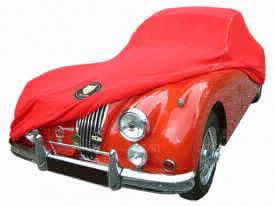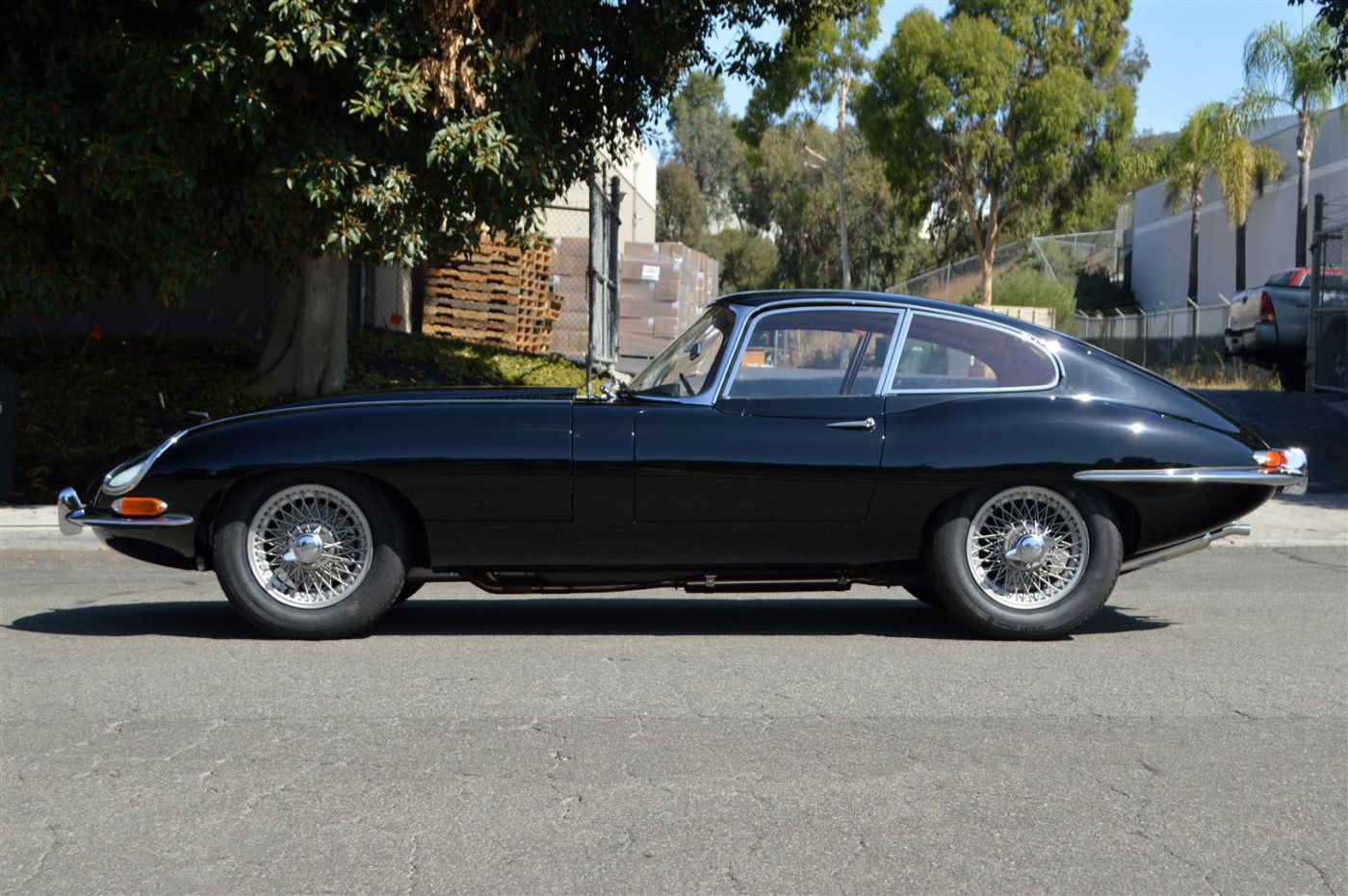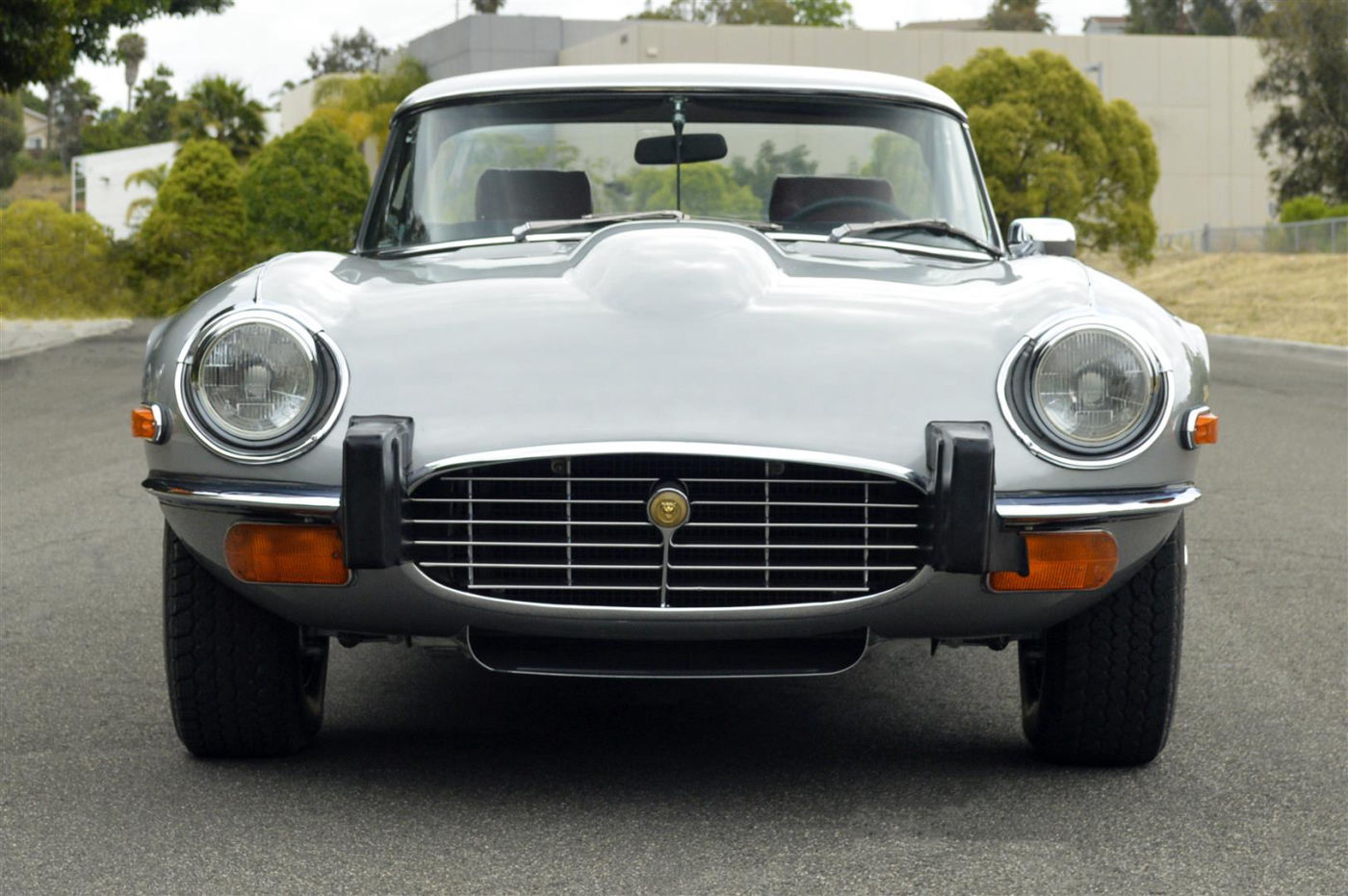ASK TOM
Fall 2019 Newsletter


If it will be just for coverage in the garage, then a light cotton or flannel cover is fine. However, if you own a roadster with a cloth top we recommend you keep the top up when not driving it to keep the back window wrinkle free. Then I would not recommend the flannel because it will get lint on the top. If you have to store your car outside, get a durable, heavy cover that can handle water and other outside elements. You will probably find that those covers can be bulky and cumbersome for travel.

Series Is are the rarer E-type, sport a 3.8 or 4.2-liter 6-cylinder engine, and feature independent coil spring rear suspension. First presented at the Geneva Auto Show in 1961, they had been originally intended as a replacement for the Coventry, which was England’s D-Type racer car.
Series 1 ¼ started in mid-1967 having one or two slight changes, then series 1 ½ came in late 1967/early 1968, and they had open head lights, two Stromberg carburetors, rocker switches on the dash but the body style is the same as a Series I but had open headlights, and door handles inside the door were changed;
Series II were manufactured from 1969 to 1971 and featured several improvements. This Jaguar offered an improved air conditioning, upgraded brakes, a redesigned interior including seats that were convenient, and a/c and power steering which were available as factory options.
Series III were manufactured from 1971 to 1974 had a larger V12 engine, with 5.3 liters of unbridled power for the sports car enthusiast. Another necessary change included the additon of power steering as standard. During this period, a small number of 4.2 liter “Series III″ Jaguars were made.

The sudden death problem is almost certainly the ignition amplifier. The (original) location between the cylinder heads caused massive heat buildup in the unit and failure is well known. Often, the unit would recover after it has had time to cool - sometimes pouring cold water on it would speed up the process. Basically, there are 2 solutions. The first is to 'insulate' the amplifier by putting alloy spacers between it and the jackshaft cover on which it is mounted. These need to be as thick as possible, whilst still allowing the bolts to secure it. This reduces the heat transfer from the engine and allows a bit of air flow.
The second, and much better solution, is to buy a modified amplifier kit from a Jaguar main dealer. The kit includes an amplifier, a bracket to position the new unit on the front cross member of the engine frame and the necessary longer cables. Re-positioning the amplifier on the cross member puts it directly behind the left-hand cooling fan and, in my experience, fixes the problem. The kit also includes a resistor which was not originally specified. In case you are tempted, it is not a good idea to move the existing amp. by increasing the length of the existing cables. This will cause other problems.
Jaguar recognized the problem and Lucas supplied a relocation kit consisting of a new amplifier and pickup with long leads. It mounts behind the radiator on the sub-frame below the water header tank.

It is not necessary, but you will lose horsepower. You can go down to a lower octane, but you will sacrifice power. If it starts to ping, then I recommend going back up to a higher octane.